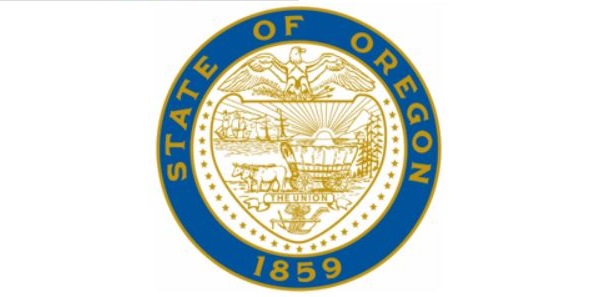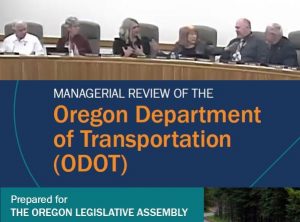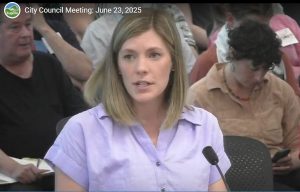Oregon seeks disaster declaration for ice storm
2 min read
from Gov. Tina Kotek’s Press Office
Gov. Tina Kotek has requested a presidential declaration of a federal major disaster, pursuant to the Robert T. Stafford Act, on behalf of the State of Oregon and the Confederated Tribes of the Siletz Indians. The request follows the January weather emergency, and if approved, would provide supplemental grants through the Federal Emergency Management Agency’s Public Assistance Program to state, tribal, local governments and certain private nonprofits for costs incurred for responding and recovering from the event.
“I am asking President Biden and the federal government to provide relief to Oregon communities and the Confederated Tribes of the Siletz Indians that have been grappling with short and long-term impacts of the January winter storm,” Gov. Kotek said. “Many are still struggling to recover from severe damage to public infrastructure and property as a result of the storm, and I am resolved to ensure that Oregon can access FEMA resources that exist for this very purpose.”
In the weeks since Gov. Kotek declared a state of emergency in response to the storm, her office and the Oregon Department of Emergency Management (OEM) have been working with impacted counties across the state to assess damages and potential resources available based on those assessments. The March 12 declaration request is the next step in advancing Oregon’s recovery from the storm.
The declaration includes Benton, Clackamas, Coos, Hood River, Lane, Lincoln, Linn, Multnomah, Sherman, Tillamook and Wasco Counties and the Confederated Tribes of Siletz Indians that experienced the following damages and impacts: downed trees and limbs, which damaged or destroyed overhead utility poles and lines, resulting in power, communication, and internet outages; power-related impacts to roadways and wastewater treatment facilities, impacts to travel and the ability to conduct emergency responses; costs associated with emergency response; and mass sheltering for medically fragile, older adults and isolated persons without power.
Seventeen Oregonians lost their lives to the storm. At the peak of power outage impacts, more than 238,900 Oregonians were without power, and some areas were without power for more than 13 days.
In addition,1,355 small businesses responded as suffering substantial economic losses due to the harsh weather conditions totaling an estimated loss of $165,331,014. These losses stemmed from a combination of factors, including lost wages and revenue decline, as the icy conditions disrupted normal business operations and hindered customer access and traffic.
In February of this year, the U.S. Small Business Administration made low-interest federal disaster loans for businesses impacted by the storm available. Applications are due by November 8th. Find more information and apply here: http://sba.gov/disaster.
The Preliminary Public Assistance Damage Assessment across all impacted communities is $48,485,115. It typically takes the federal government approximately six weeks after submission of a federal major disaster declaration request to respond.






